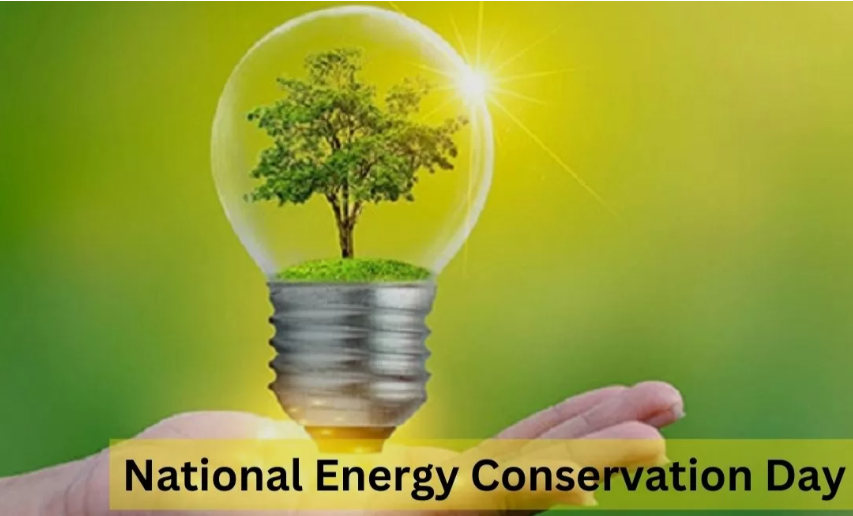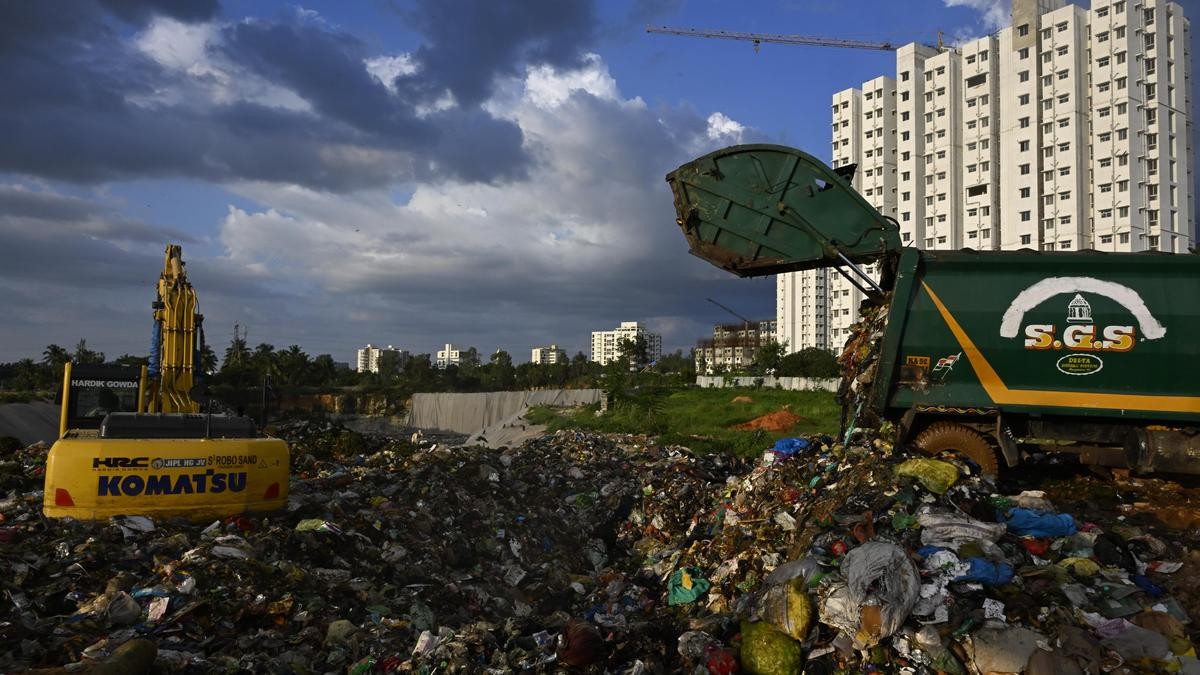




Source: THEHINDU
Disclaimer: Copyright infringement not intended.
Recently, India, along with 62 other countries, voted in favour of the first global carbon tax on the shipping industry, adopted by the International Maritime Organisation (IMO) in London.
|
Parameter |
Details |
|
Definition |
A carbon tax is a levy imposed on the carbon content of fossil fuels such as coal, oil and natural gas to curb GHG emissions. |
|
Purpose |
Disincentivize carbon emissions, encourage clean energy and fund green initiatives. |
|
Target |
Polluters – particularly industries, energy producers and transport systems using fossil fuels. |
|
Mechanism |
Calculated per tonne of CO₂ emitted or embedded in fuel consumed. |
|
Type |
Description |
Example |
|
1. Emissions Tax |
Direct tax on total GHG emissions by industries or power plants. |
Sweden taxes industrial CO₂ emissions. |
|
2. Energy Tax |
Based on carbon content or energy potential of fossil fuels. |
UK Climate Change Levy on fuel use. |
|
3. Cap-and-Trade System |
Emission cap set; tradable carbon credits allow market-based reduction. |
EU Emissions Trading System. |
|
4. Border Tax Adjustment |
Tax on imported goods based on emissions from production to prevent carbon leakage. |
Proposed in EU’s Carbon Border Adjustment Mechanism. |
|
5. Fuel Excise Tax (Carbon-linked) |
Excise duty linked to carbon intensity of fuels. |
Australia (2012–14) had direct carbon pricing on fuels. |
|
6. Offset-linked Carbon Pricing |
Emitters can pay for certified carbon offsets instead of tax. |
Voluntary Carbon Market practices. |
|
Feature |
Details |
|
Nationwide Policy |
No formal nationwide carbon tax currently. |
|
Coal Cess (Proposed Carbon Tax) |
In 2010, India introduced a Clean Energy Cess (INR 50/tonne, later increased to INR 400/tonne) on coal production/import to fund the National Clean Energy Fund. |
|
State-Level Actions |
States like Tamil Nadu have levied carbon-related charges on coal-based power. |
|
Substitutes/Complementary Measures |
Though not labelled a carbon tax, India promotes emission reduction through: · National Clean Energy Fund · Perform, Achieve & Trade (PAT) Scheme · Renewable Energy Initiatives (National Solar & Wind Missions) · Energy Conservation Building Code · Faster Adoption of Electric Vehicles |
|
Carbon Market (Future) |
India plans to establish a Carbon Credit Trading Scheme and a Voluntary Carbon Market by 2025. |
|
Sector Covered |
Shipping industry, a major emitter of GHGs (~3% of global emissions). |
|
Purpose |
To reduce emissions from international shipping by creating a financial disincentive for using carbon-intensive fuels. |
|
Significance |
First global carbon pricing mechanism adopted for a specific international sector. |
|
Implementation |
Details on rates and enforcement expected by 2025; to be implemented by IMO member states. |
|
Attribute |
Description |
|
Type |
UN Specialised Agency |
|
Established |
1948 (as IMCO), operational from 1959 |
|
Headquarters |
London, UK |
|
Role |
Ensures safe, secure and environmentally responsible shipping worldwide |
|
Relevance |
Key player in regulating maritime emissions, contributes to SDG 14 (Life Below Water) |
|
Functioning |
Proposes international standards; member states are responsible for implementing them through national laws. |
|
Major Conventions |
· MARPOL (Marine Pollution Prevention) · SOLAS (Safety of Life at Sea) · Ballast Water Management Convention |
Sources:
|
PRACTICE QUESTION Q. Which of the following statements about Carbon Tax are correct?
Options: A. 1 and 2 only Answer: C. Explanation: Statement 1 is incorrect. Carbon tax is based on carbon content, not general energy output. Statement 2 is incorrect. India has a coal cess not a full carbon tax which was initially introduced as the Clean Energy Cess in 2010. While it's been renamed and integrated into the Goods and Services Tax as a Compensation Cess the underlying principle of taxing coal to generate funds for clean energy initiatives remains. Statement 3 is correct. Cap and trade is a market based carbon pricing mechanism. |







© 2025 iasgyan. All right reserved